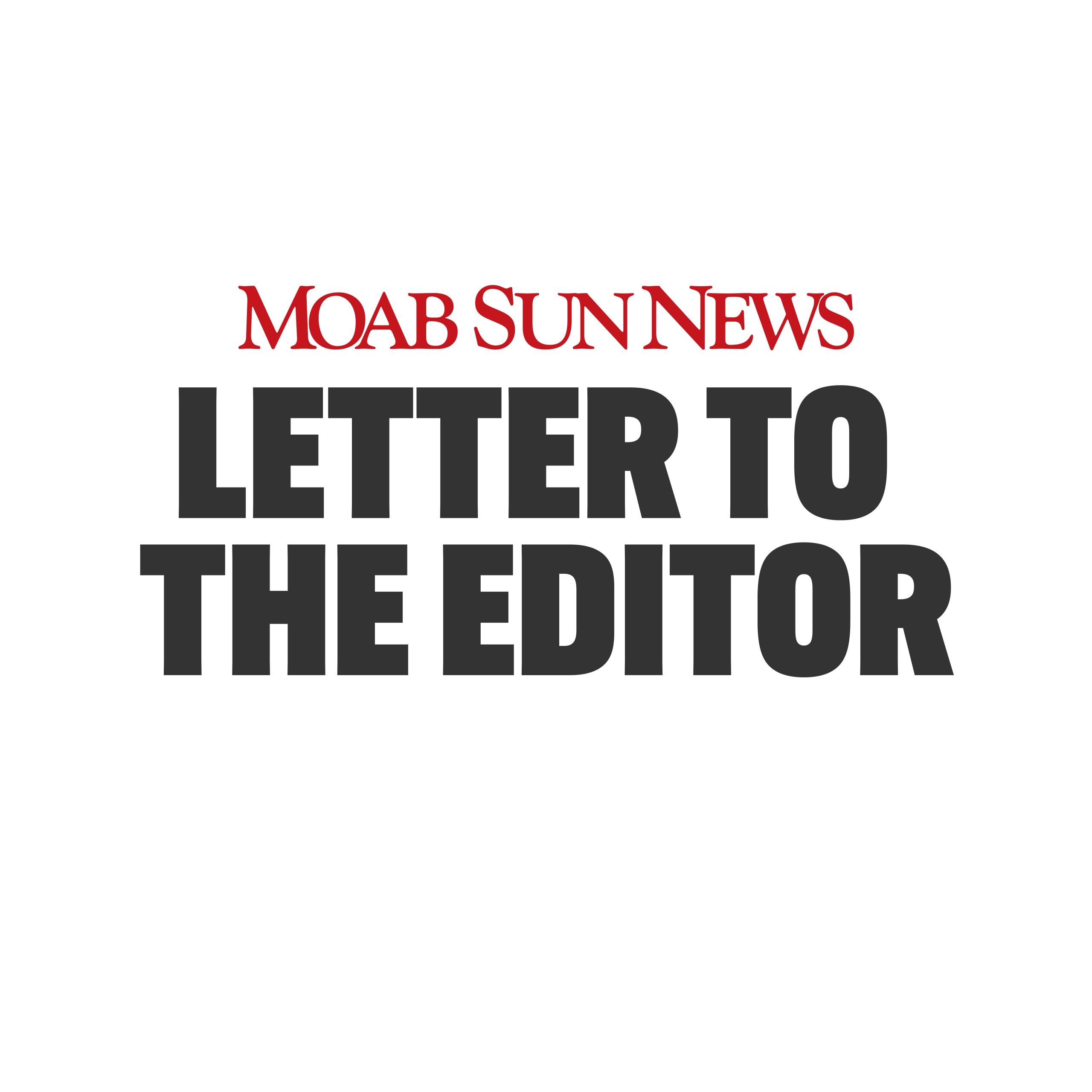Some information may be outdated.
Regarding the November 2 Moab Sun News article, “La Sal Elementary welcomes preschoolers for the first time in decades”:
It is not just preschoolers that will be coming to La Sal if Energy Fuels Resources (USA) Inc. (EFRI) reopens the Beaver Shaft uranium mine in La Sal—part of the La Sal Mines Complex. If the Beaver Shaft mining restarts, radon gas, and radioactive particulates will be emitted from nearby ventilation shafts, one of which is one-quarter mile up slope from the La Sal Elementary School, Community Center, Post Office, and store. If the mine expands westward, as EFRI plans, additional ventilation shafts will be constructed, and more radon gas and radioactive particulates will be emitted from the underground mines into the La Sal community.
The Utah Division of Air Quality requires the measurement of the radon and calculation of the dose to the nearest receptors in compliance with the National Emission Standards for Radon Emissions From Underground Uranium Mines (40 C.F.R. Part 61 Subpart B).
However, from the time the Environmental Protection Agency regulation was established in 1990, to 2012, when the mine in La Sal shut down, the mine owners did not use the correct radon monitoring device to measure the radon emissions. Further, for years the mine owners relied on meteorological data from Grand Junction Airport, instead of data from La Sal, to calculate the estimated doses. It was not until 2012, the last time the mines went on standby, that the mine owner was required to seal the ventilation shafts, so radon would not be released—and not monitored—during years of standby.
Also, close to La Sal is the Beaver Shaft waste rock pile, which contains some uranium ore and non-radioactive hazardous materials. There is no radon monitoring device near the La Sal Elementary School and the center of town to independently monitor the radioactive emissions.
It is hard to understand why San Juan County allows hazardous air pollutants to be released from private land so close to an elementary school and residential community. Most communities do not allow radioactive hazardous air pollutants to be released from private lands, or even public lands, near schools, homes, and cattle feed lots.
Sincerely,
Sarah Fields, Program Director at Uranium Watch
______________
Read the rest of this week’s edition:
Arches timed entry will continue in 2024
Cultivating community during Women’s Wall Street Wednesdays
Trail Ambassador program receives LNT Gold Standard Designation
Cranksgiving only comes once a year
City parks master plan moves forward
Meeting at a glance: Moab City Council, November 14, 2023
Opinion: How do we remember Thanksgiving?
Moab History: Sufferage in Utah
Or, read through a pdf of this week’s print edition
Appreciate the coverage? Help keep local news alive.
Chip in to support the Moab Sun News.



